[The Fritillaries of the Columbia River
Gorge of Oregon and Washington]
Yellow Bells, Yellow Fritillary, Yellow Missionbells
Fritillaria pudica
Synonyms: Lilium pudicum, Ochrocodon pudicus
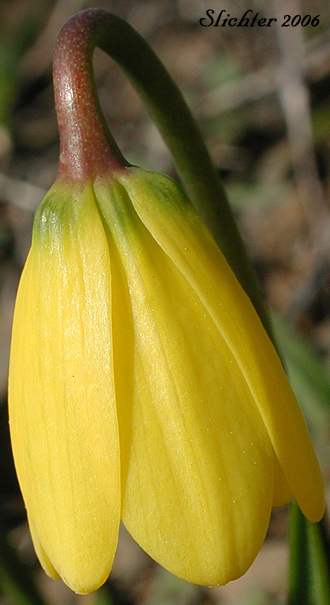 -
- 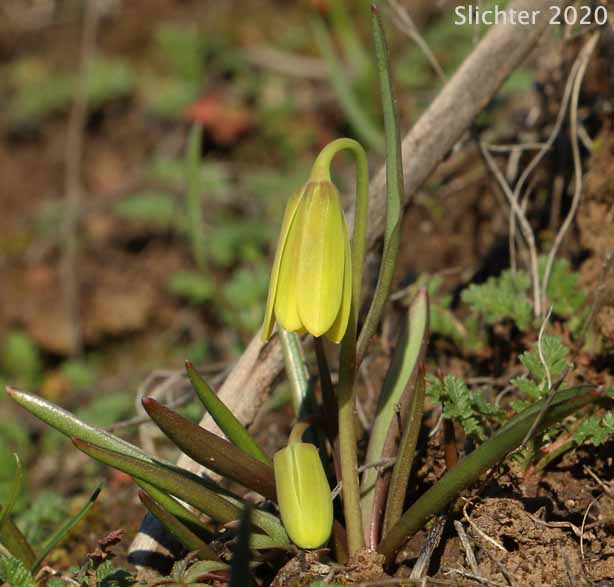 -
- 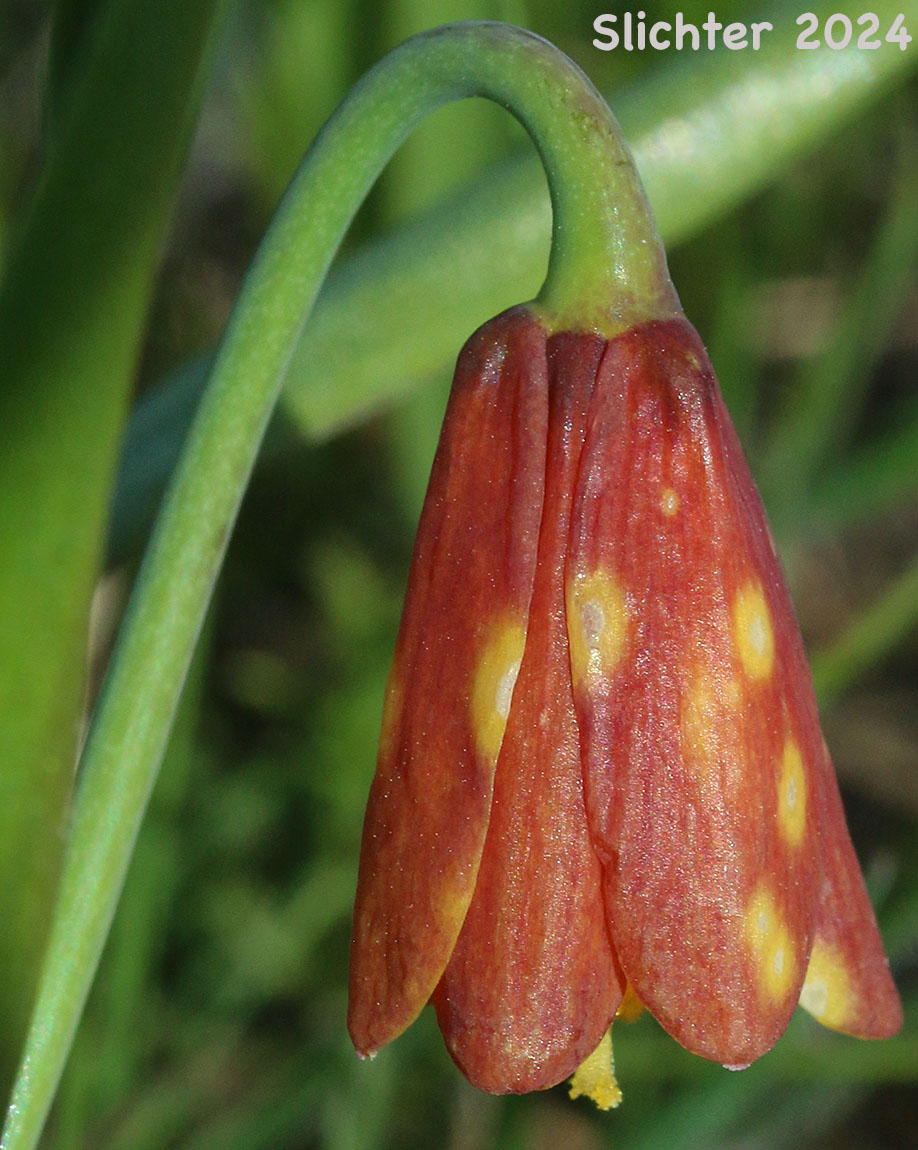
The photo at left shows a close-up of the bright,
nodding blossom of yellow bells as seen along the Three Bench Loop Trail above
Doug's Beach (along SR 14 east of Lyle, WA) in the Columbia River Gorge..........February
12, 2006. The new tepals are a clear yellow color and will generally age to
a rusty reddish-orange. The photo at center shows an early-blooming yellow bell along the Military Road Trail at Columbia Hills Historical State Park......February 9, 2020. The image at right shows how the tepals turn a rusty orange color after the flower has been pollinated. Photograph from oak woodlands between Dell and Marsh Cutoff Roads, Columbia River Gorge......March 20, 2024.
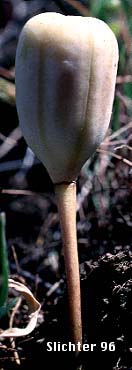 Seed pod of the yellow
bells at right. Note that it is not winged as the pods of chocolate lily are.
Seed pod of the yellow
bells at right. Note that it is not winged as the pods of chocolate lily are.
Characteristics:
Yellow bells are delightful perennial wildflowers
with a single stem arising from a small bulb consisting of several fleshy scales
and several to many rice-grainlike offset bulblets. The stems may be as much
as 35 cm tall.
The leaves are either two and subopposite or three
and alternate to somewhat whorled. The leaves are long, linear or linear-oblanceolate.
They are green and may be up to 16 cm long and 3 to 12 mm wide.
A solitary flower (occasionally two may be found),
is found atop the stem, which turns down so that the flower hangs down in bloom,
and the seed capsule then turns upwards as it readies itself. Six yellow tepals
may be found, often with purplish or brownish streaks near the base of each
tepal. As they age, the tepals turn red or purple. The tepals are oblong-lanceolate
to oblanceolate in shape, often narrowed near the base and from 1.5-2.5 cm long
and 4-10 mm wide. The style and stigma are entire and are longer than the stamens.
The fruit is an erect pod which is cylindric-obovoid to globose-obovoid in shape,
measuring 18-30 mm wide.
Yellow bells would make a nice addition to a prairie
garden or rock garden east of the Cascade Mts.. Wild plants should not be collected.
Plants obtained from scrupulous wildflower nurseries should be used instead.
I have a number of yellow bells in raised beds in Gresham, Oregon, west of the
Cascades where they seem to be surviving well, blooming in late February to
early March each year. Some book sources say they are difficult to grow west
of the Cascades so some thought should be given before planting them in rainier
climates.
Habitat:
Yellow bells may be found in grasslands, scattered
among sagebrush, or on the needled ground beneath Ponderosa Pines or in mixed
coniferous forests. They are one of the first wildflowers to bloom in the spring.
Range:
The range of yellow bells is from British Columbia
southward through Oregon and Washington (east of the Cascade crest) to northern
California. It is found eastward to Alberta, and southward through Montana,
Wyoming, Utah and Nevada.
In the Columbia River Gorge they may be found between
100'-3000' from Dog Mt. east past Biggs, OR.
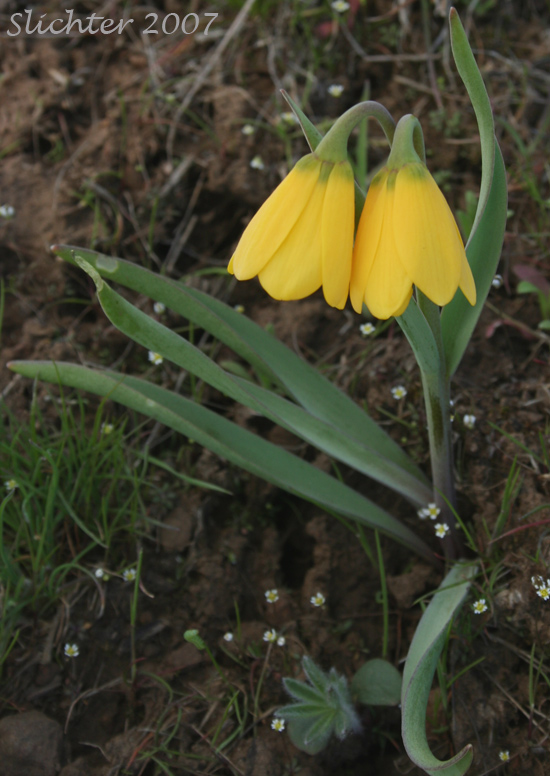 -
- 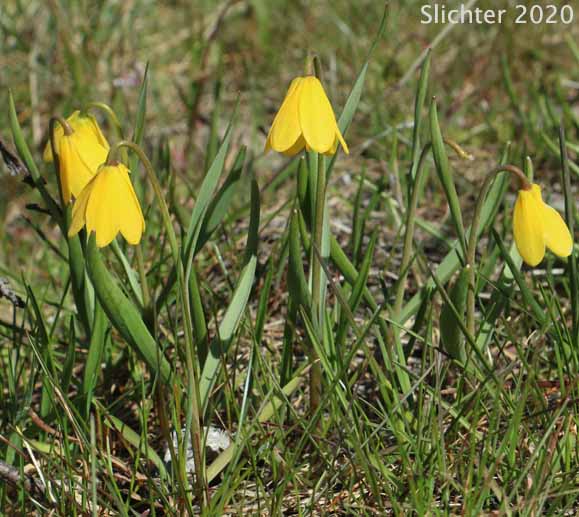
The photo at left shows a close-up of a double-flowered specimen of yellow bells as seen in the Columbia Hills Natural Area Preserve in the eastern Columbia River Gorge........March 17, 2007. The photo at right shows seveal yellow bells in bloom atop Mill Creek Ridge, Wasco County, OR......March 17, 2020.
 -
- 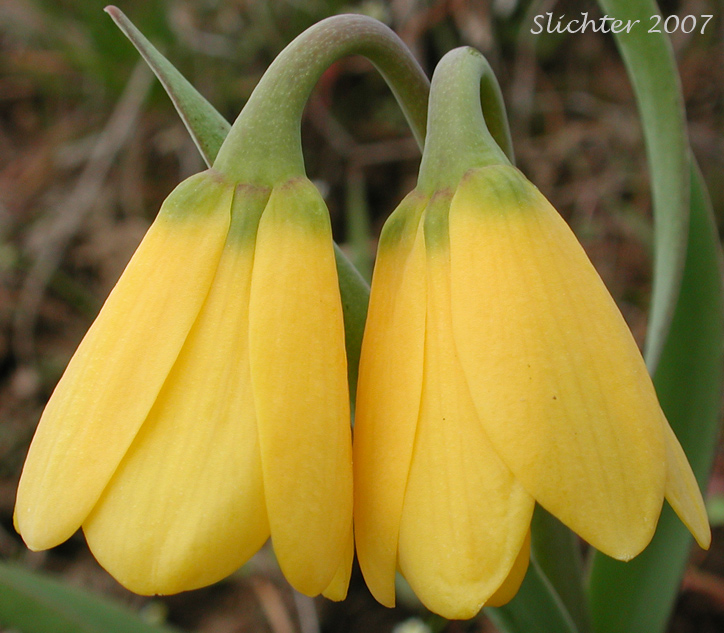
The photo above shows a close-up of a double-flowered specimen of yellow bells as seen in the Columbia Hills Natural Area Preserve in the eastern Columbia River Gorge.........March 17, 2007.
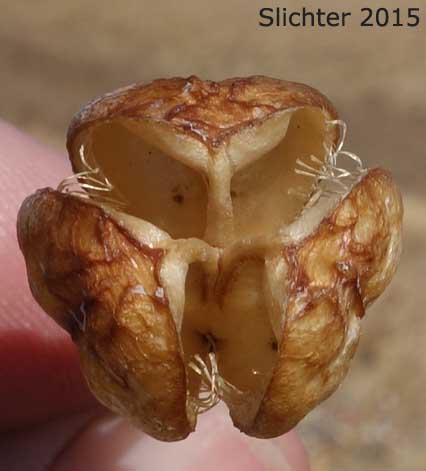 -
- 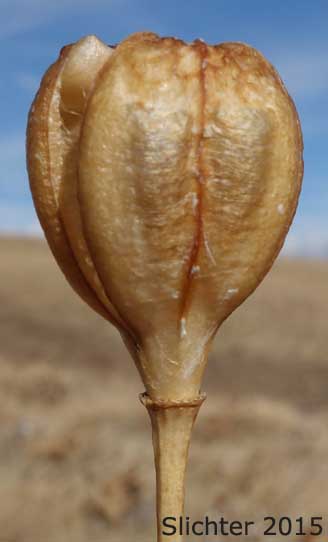
Dry seed pods of yellow bells (seeds already released) as seen in the northwest corner of the Columbia Hills State Park.........October 18, 2015.
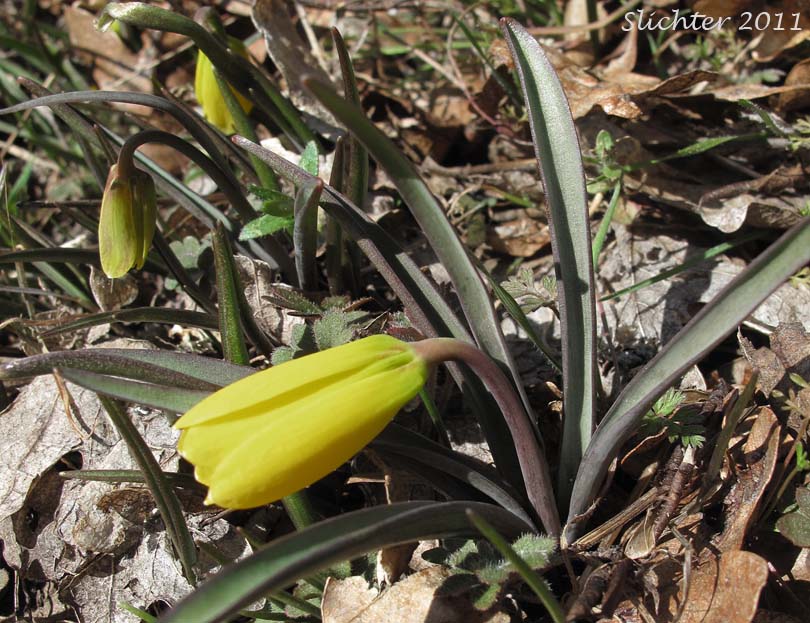 -
- 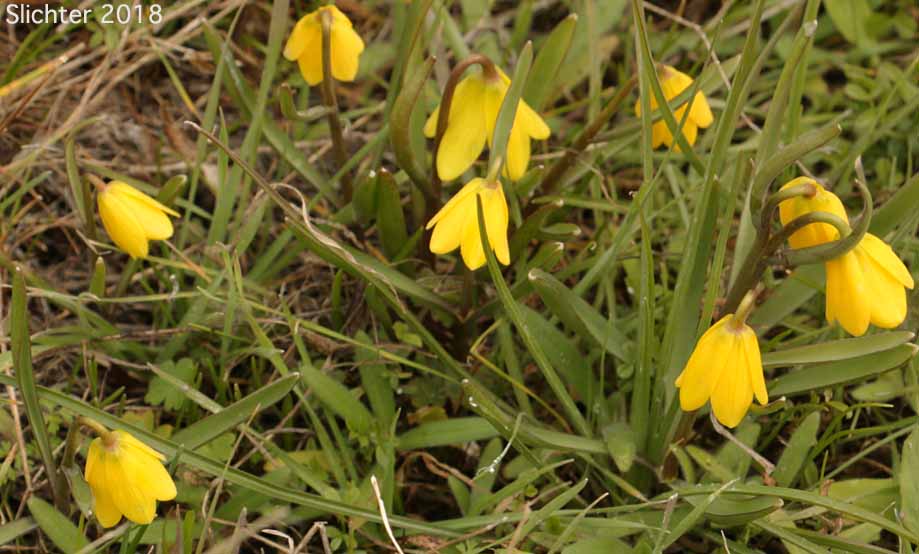
Early blooming yellow bells on open slopes along the Cherry Orchard Trail..........March 7, 2011 (at left) and March 4, 2018 (at right).
 -
- 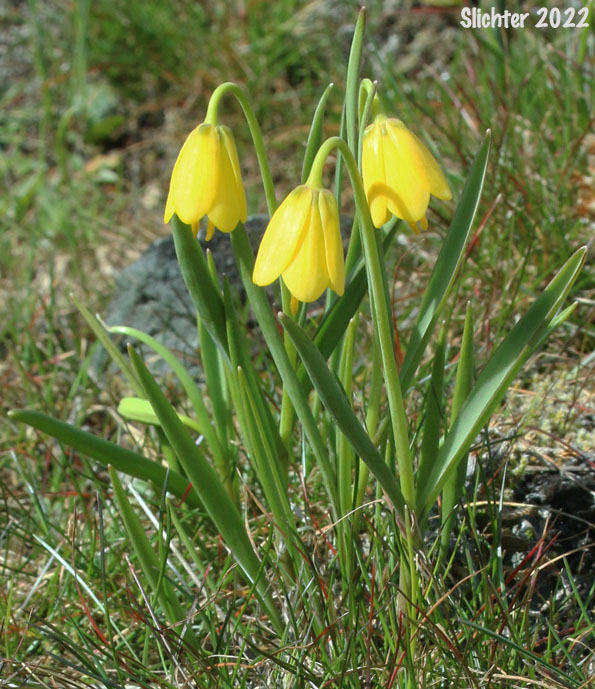
The photo at left shows one of the first yellow bells to bloom for the season on grassy slopes just above the east end of Doug's Beach in the mid-Columbia River Gorge.........February 16, 2007. The photo at right shows yellow bells in bloom at Catherine Creek, Columbia River Gorge.....March 4, 2022.
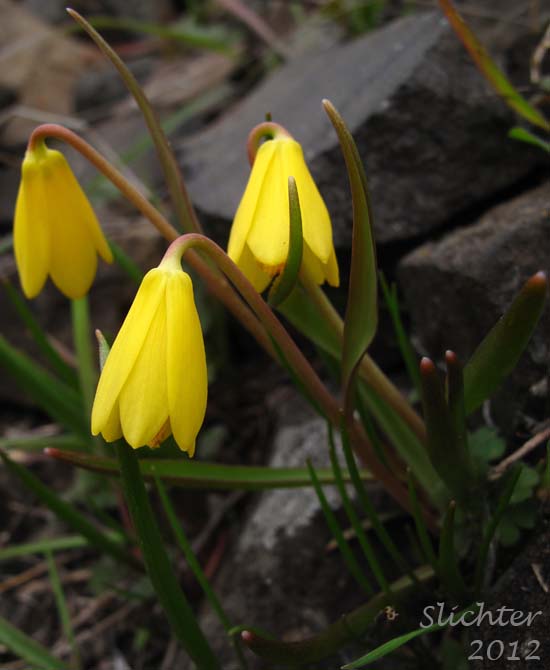 -
- 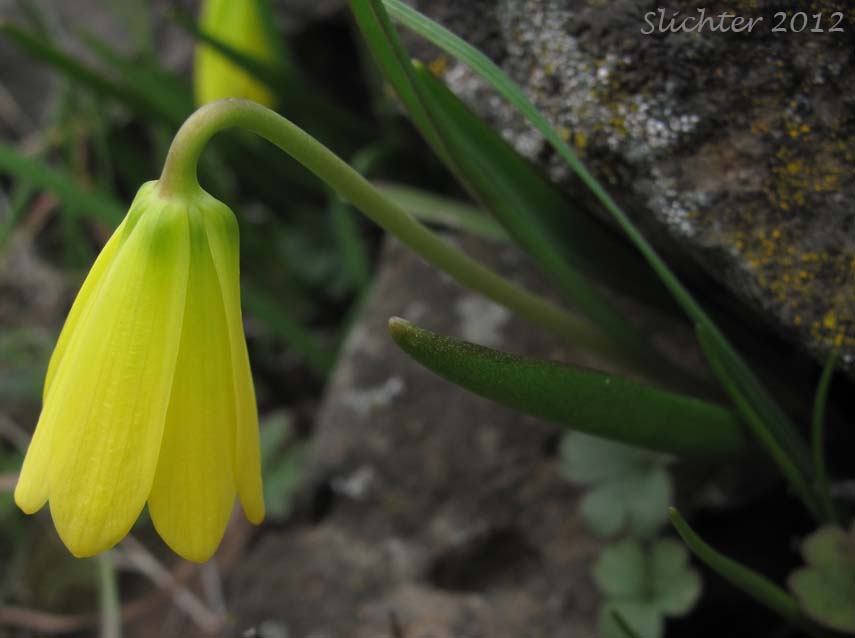
Some of the first yellow bells to bloom for the season on grassy slopes just above the east end of Doug's Beach in the mid-Columbia River Gorge..........February 20, 2012.
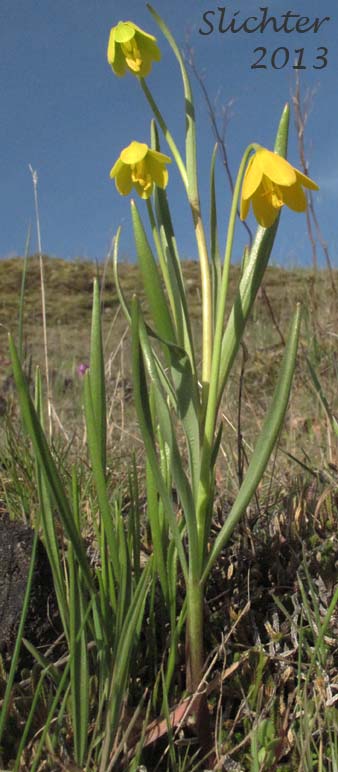 -
- 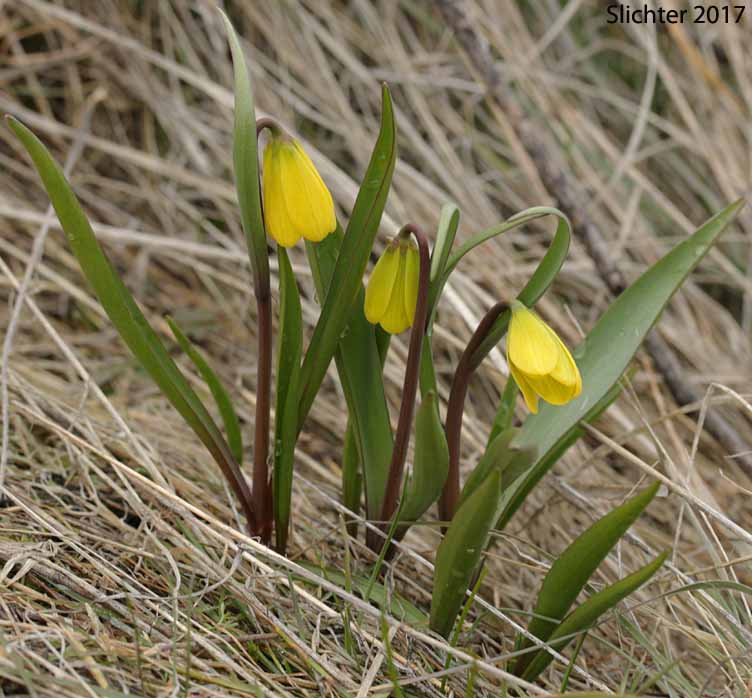 -
- 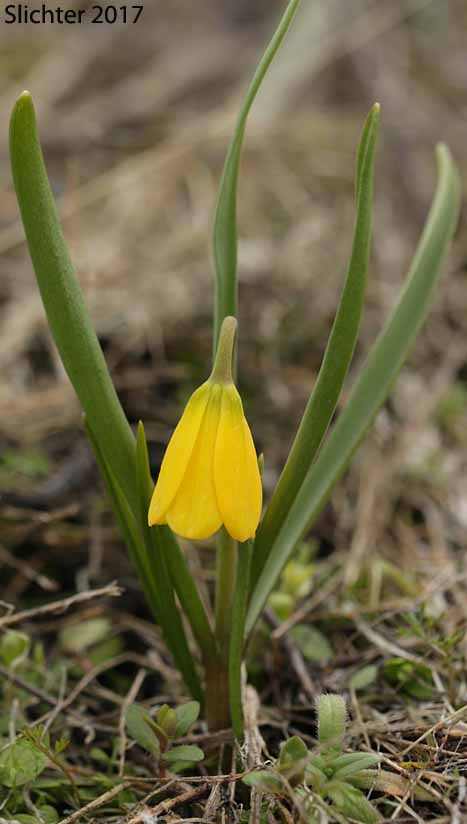
Yellow bells at peak bloom at left at Catherine Creek, Columbia River Gorge.........March 12, 2013. The photos at center and at right show yellow bells as seen along Eightmile Creek at the Columbia Hills State Historical Park........March 8, 2017.
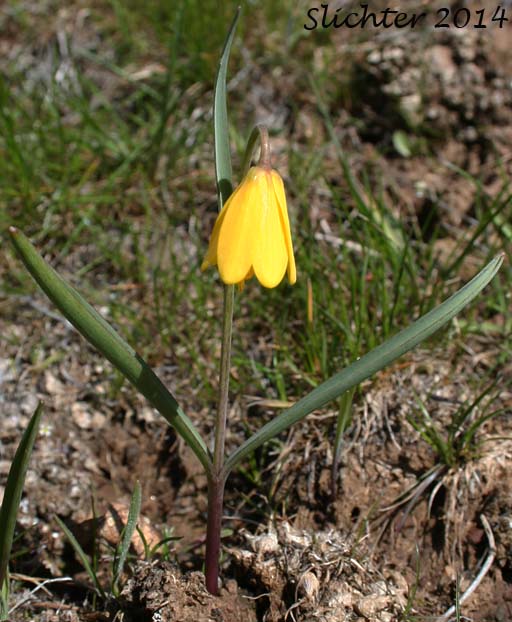 -
- 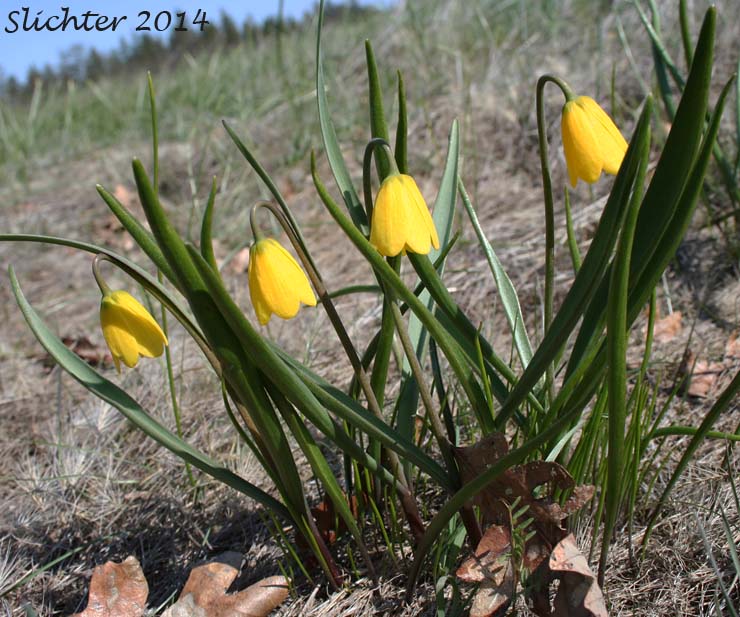 -
- 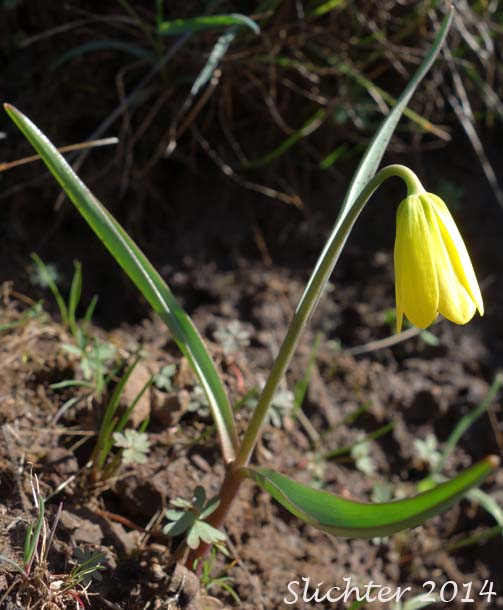
Additional images of yellow bells. The photo at left is from Canyon Creek in the Klickitat Wildlife Area.........March 21, 2014. The middle imaget is from wetlands at the southeast side of Marsh Hill along the Memaloose Trail, Columbia River Gorge........March 23, 2014.
The image at right is from upper Swale Canyon about one mile west of the Harms Road trailhead.........March 13, 2014.
 -
- 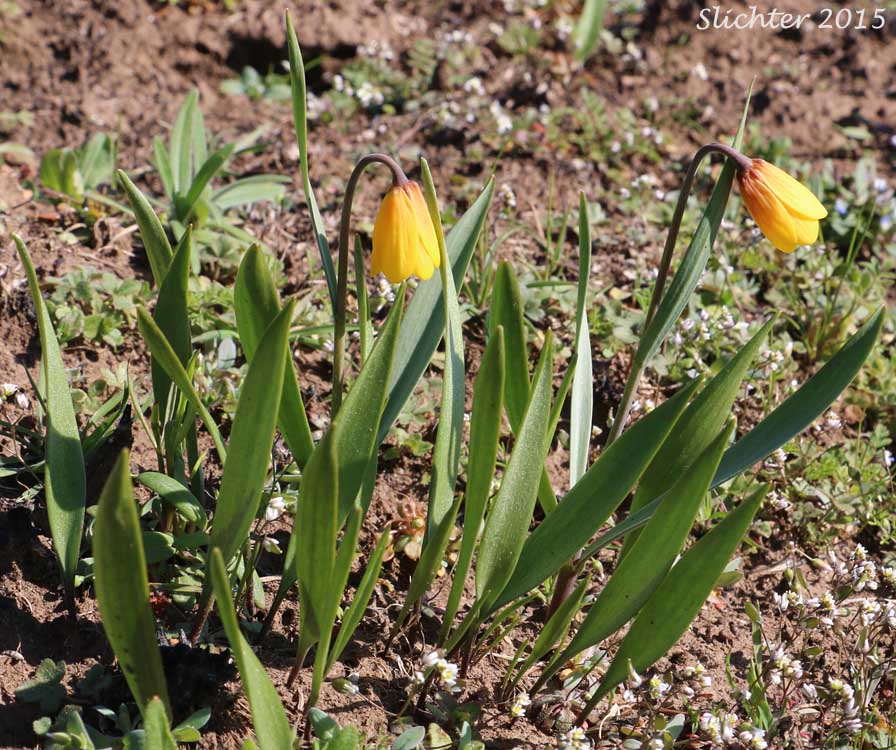
Many extra large yellowbells were spotted in bloom on the southeast-facing slopes of Sevenmile Hill nine months after a wildfire swept across the slopes in 2014........March 8, 2015.

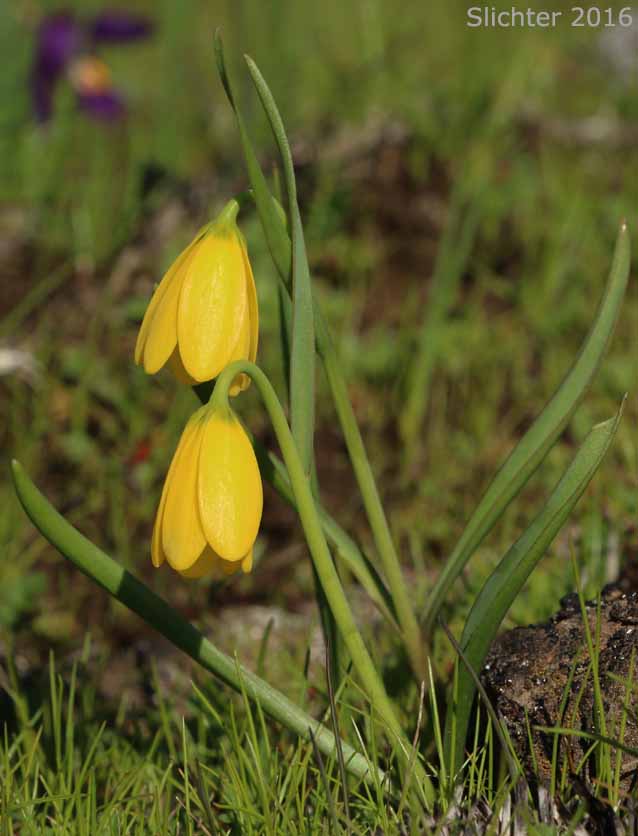 -
- 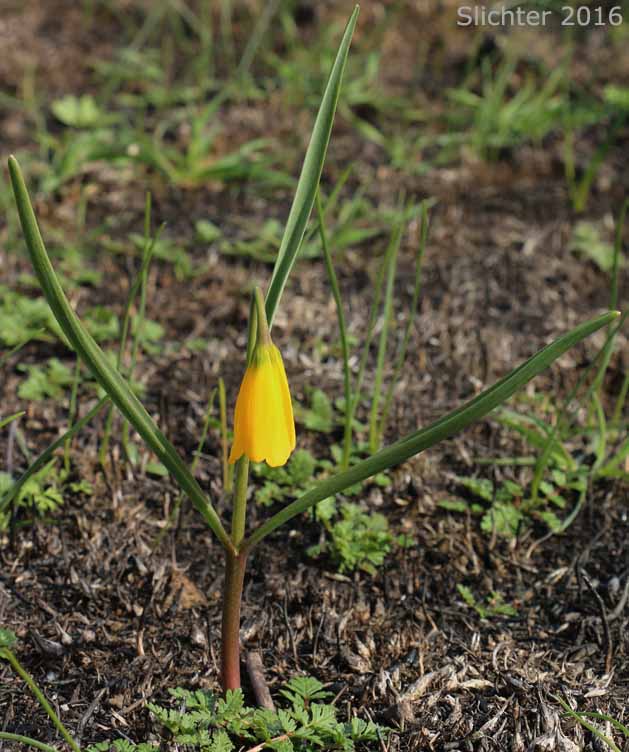
Yellowbells beginning to bloom on benches above the Crawford Oaks Trailhead, Columbia Hills State Park.........February 2, 2016.
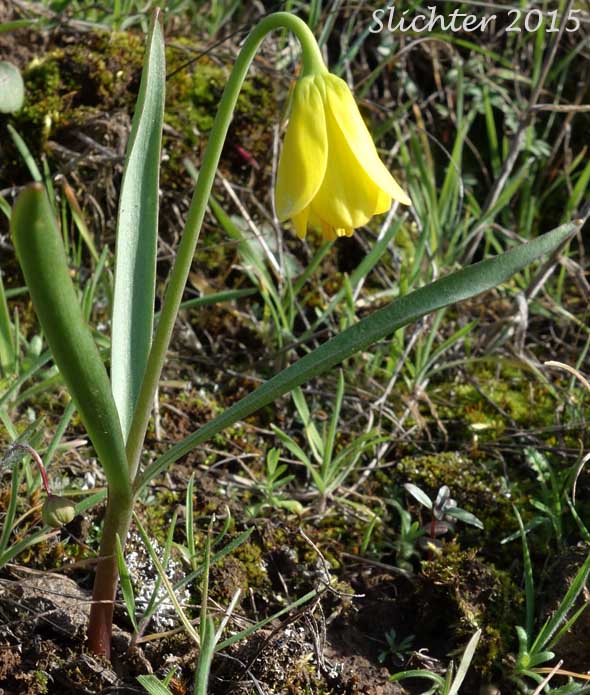 -
- 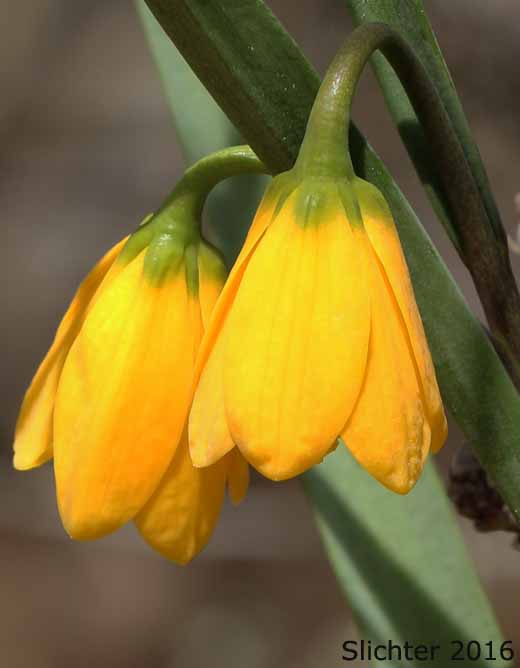
Yellow bells in bloom (left) on slopes above the Crawford Oaks trailhead at Columbia Hills State Park............February 18, 2015. The photo at right shows yellow bells beginning to bloom on the east rim of Canyon Creek in the Klickitat Wildlife Area.........March 26, 2016.
 -
- 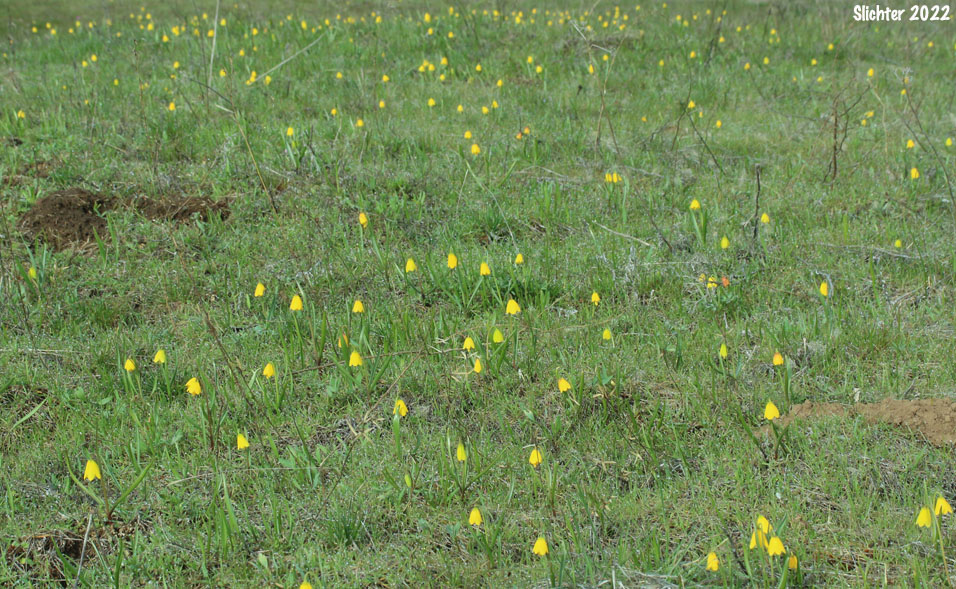
Yellow bells blooming in grasslands between Marsh Cutoff and Dell Roads, Memaloose to Rowena area of the Columbia River Gorge.....March 18, 2022.
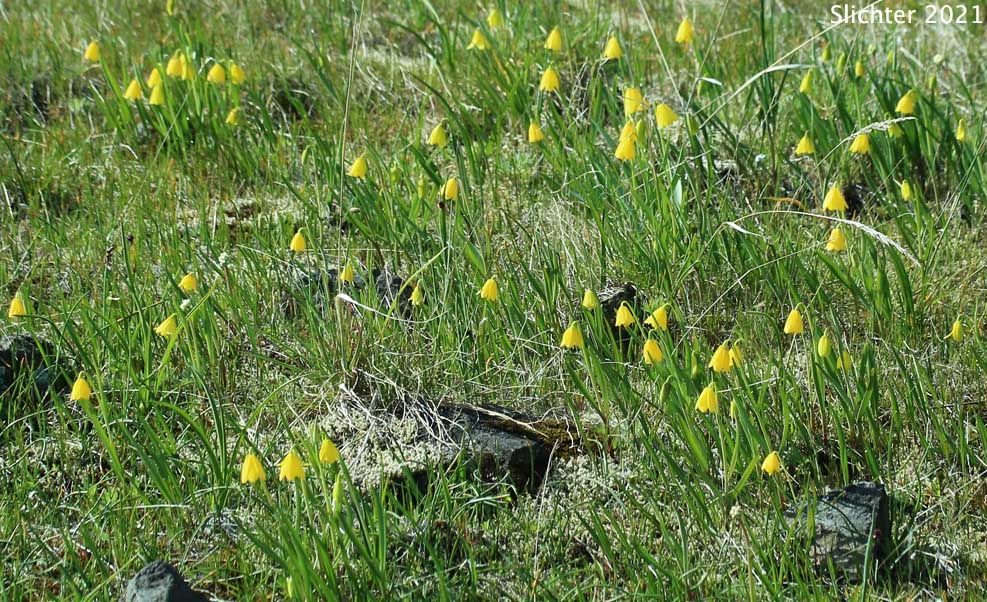 -
- 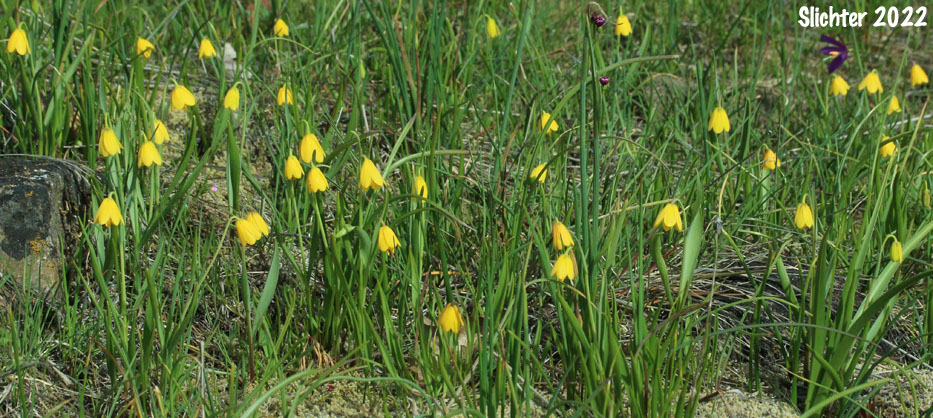
Yellow bells nearing peak bloom at left on vernally moist slopes at Catherine Creek, Columbia River Gorge......March 17, 2021.
Yellow bells just past peak bloom at right t on vernally moist slopes at Catherine Creek, Columbia River Gorge......March 25, 2022.
Paul Slichter
 -
-  -
- 
 Seed pod of the yellow
bells at right. Note that it is not winged as the pods of chocolate lily are.
Seed pod of the yellow
bells at right. Note that it is not winged as the pods of chocolate lily are.